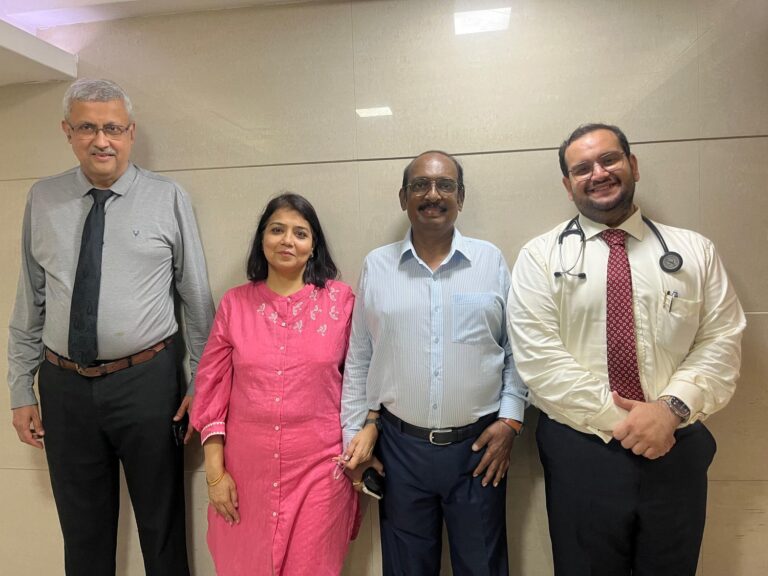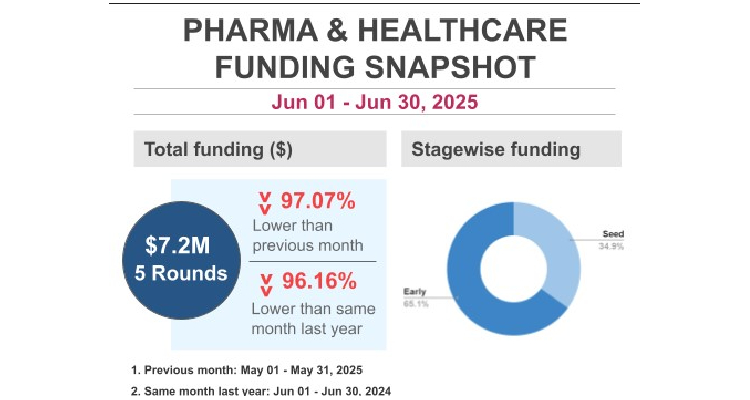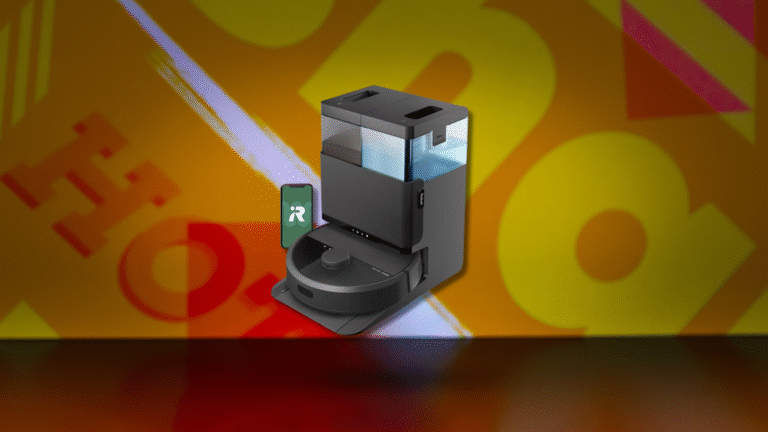

Redefining digital health:
Innovation and technological advancement have driven major changes in the medical device industry over the past decade, and those changes will continue to accelerate. In the past, the term “digital health” primarily referred to the digitization of medical records as we transitioned from paper and file cabinets to PCs and servers. Today, digital health has evolved to be much greater, enabling patients to access health insights and treatment on-demand, away from the doctor’s office with little to no intervention. Therapies can be tailored to an individual patient’s specific needs in ways that were impossible a few years ago, and next-generation technologies will enable us to pre-treat medical conditions before symptoms appear. Today, the term “digital health” encompasses a revolution that enables us to use the latest technologies to improve patient outcomes in ways that seemed impossible only a few years ago.
Technology trends in digital health:
While digital health captures a wide range of technologies, there are a few medical devices that are particularly relevant in their contribution to the digital health revolution. These devices are implantable devices, Continuous Glucose Monitors (CGMs), and Patient Monitoring Systems. These three families of devices share a similar body of underlying technology, and each link in that technology chain represents demonstrable improvements in people’s lives. These improvements come with specific testing challenges as medical device manufacturers bring new capabilities to market.
When we observe the digital health backbone of these new families of medical devices, the underlying technology overlap consists of the miniaturization of microelectronic components sitting on ever denser PCBAs, greater reliance on batteries, and the incorporation of wireless network technology to make data more available to patients and medical staff.
In addition to the trends above, many new microelectronic medical devices incorporate leading-edge breakthroughs in sensing technology that provides noninvasive access to biological signals that used to require far more invasive techniques, ranging from pin pricks to extensive surgery. An example of this is the release of wearable CGMs, which no longer require blood samples. Skin-based glucose measurements represent a step-function improvement in quality of life for diabetes patients, and the accessibility of this technology has enabled CGMs to now be sold over the counter for use outside of diabetes management. To accurately measure blood glucose from a measurement on the skin, extremely sensitive sensing technology is required. The output signal generated from the sensors is extremely small, on the order of picoamps, which creates new testing challenges not previously encountered in the development of medical devices.
Testing challenges and best practices:
When testing medical devices, ensuring product quality is the highest priority in both product design and manufacturing, as any deviation or product defect can result in adverse outcomes for patients. As we look at the core elements of medical devices associated with digital health, there are critical challenges associated with each.
Batteries:
The battery technology that goes into these devices needs to be reliable, especially for implantable devices where the cost of failure could result in an additional procedure for the patient. It is critical to ensure battery design and chemistry are adequate, and anomalies in battery lots need to be identified before they make it to the field. Batteries have become critical components in a wide range of industries, and battery technology is evolving faster than ever. As part of global investments in batteries, there are new techniques that have been made available that we can leverage in the testing of medical devices. In addition to electrochemical testing in battery design, there are techniques such as electro impedance spectroscopy and AC/DC internal resistance measurements that can be performed in manufacturing and device assembly to help identify potentially defective batteries before they ever make it into the medical device.
Wireless communications:
Most medical devices that power digital health are equipped with wireless communication technology. While there are existing commercial off-the-shelf wireless technologies, many medical devices need to include additional capabilities and must be thoroughly tested for things like data encryption and emissions to ensure that they are safe for use in medical applications. To ensure device safety and effectiveness, rigorous testing is required to measure signal strength and emissions across a wide range of scenarios in both product design and manufacturing.
Cybersecurity:
The expanding ubiquity of connected medical devices presents a growing risk of cybersecurity threats that must be managed to protect patient medical and personal information. Cybersecurity legislation, such as the Cyber Resilience Act in Europe and evolving regulatory standards such as IEC TR 60601-4-5, are going to affect how engineering teams approach product development and testing. Medical device manufacturers need to incorporate cybersecurity as a primary concern at all points of product development, including IT infrastructure in development tools and encryption on critical health data passed between subsystems of a medical device user experience.
Solution for Digital Health Testing Significant investments have been made in helping medical device manufacturers overcome the challenges associated with the evolution of digital health. “Modular testing platforms is designed to adapt to changing test needs, and it bridges the divide between design validation and manufacturing quality testing. With measurements that range from DC to RF, it is a great fit for testing high-precision sensors on CGMs and implantable devices as well as battery cell quality testing. The same platforms can be used to test the signal characteristics of encrypted wireless communications, and all of this capability comes packaged into a compact form factor that is far more efficient and flexible than traditional boxed instruments.Cybersecurity is a key focus in product development ensuring access to security vulnerability assessments from trusted sources “with vulnerabilities being promptly addressed as they are discovered”.
The post Overcoming testing challenges of next generation products for digital health appeared first on Express Healthcare.







